The Audubon Observer, September 2020
|
|
||||
MANY VOICES FOR CONSERVATION AND THE ENVIRONMENT Continuing our series focused on the contributions of Black Americans, Latin Americans, Native Americans, and other historically under-recognized groups to conservation and environmental sciences, this month we are spotlighting local environmental hero Gloria McNair.
She is also the manager of the Community Restoration Environmental Stewardship Training (CREST) initiative. CREST participants are residents or stakeholders in Jacksonville's North Riverside and Brooklyn neighborhoods, and the program pairs youths and adults in mentoring relationships. In addition, there is a job training element; currently, five of the CREST apprentices have been trained as water monitoring technicians. Working with Groundwork Jacksonville brought back memories of her rural upbringing when she absolutely loved nature, and she is concerned because today’s youth are missing out on the wonders of the outdoors and the natural world. She is most passionate about habitat restoration and conservation for people and wildlife, especially our birds. The greatest benefit she has received from working from home in recent months is being able to take breaks to walk outside and observe the hawks, herons, egrets, and turtles around her lake. Gloria loves and believes in the benefits of the projects of Groundwork Jacksonville. She is looking forward to seeing the first mile of the Emerald Trail become a reality and knowing that she played a significant role in achieving that project. Another long-term goal is seeing the McCoy’s Creek Restoration Project completed and enjoyed by the neighborhood.
Thank you for your hard work and dedication, Gloria! --Jody Willis, Vice President & Outreach Director NATIVE PLANTS FOR BIRDS: SPOTTED BEE BALM To help you create bird friendly habitat in your landscape, we are resuming our monthly series featuring a native plant that is beneficial to birds and pollinators. This month's plant is: Spotted Bee Balm (Monarda Punctata)
Spotted Bee Balm blooms from August through October and has beautiful whorls wrapped around the stems in colors ranging from purple to deep pink to mauve. The leaves and stems are very fragrant and high in thymol which has antimicrobial, antiseptic, and antifungal properties. Historically, it has been used to treat ringworm and hookworm infections. In addition, the leaves can be brewed into a mild tea said to promote relaxation. However, please be sure that your plants have not been treated with any pesticides or herbicides before you decide to do this.
Because it is such a tremendous pollinator attractor, it is excellent for birds as well, including thrushes, wrens, nuthatches, waxwings, wood warblers, woodpeckers, and orioles. For additional information on native plants for birds, check out Audubon's excellent Plants for Birds website: Audubon.org/plantsforbirds. For local sources of native plants, check with the Ixia Chapter of the Florida Native Plant Society. They often have native plants as well as cuttings available at their monthly meetings on the first Tuesday of each month. Check out their Events Calendar for all of their upcoming activities. --Jody Willis, Vice President and Outreach Director BE AN EAGLEWATCHER
Audubon EagleWatch is seeking volunteers to monitor Bald Eagle nests for the 2020-2021 breeding season. Training is required for new volunteers. If you are interested in becoming an EagleWatcher, register for one of the following virtual training sessions:
For more information about the program, visit Audubon Florida's EagleWatch website or contact EagleWatch Program Manager Shawnlei Breeding at 407-644-0190 or eaglewatch@audubon.org. --Carol Bailey-White, President FALL MIGRATION IS HEATING UP THIS MONTH!
A great way to see what birds can be expected in our area throughout the year is eBird's Bar Chart feature. Using many thousands of bird sightings contributed over the years, this incredibly useful feature is essentially a frequency chart that can help you figure out how likely various species are in a certain area at a specific time of year. We use it all the time! With the weather finally starting to get a bit cooler this month (we hope), it's a great time to grab your binoculars, get outside, and start looking for birds. Once you start looking, you'll find that they are literally everywhere! --Carol Bailey-White, President UPCOMING ACTIVITIES As we announced last month, no group outings or indoor gatherings are planned for this fall due to the COVID-19 pandemic. But we are still offering some fun and informative events! Here's what's coming up for September:
You can also take advantage of a wide array of fabulous, FREE online programs available from Audubon, Audubon Florida, the American Bird Conservancy, and the Cornell Lab of Ornithology. And you can watch them on YOUR schedule, anytime you like! Below are some of our favorite recent programs:
These are just a few of the many free programs available online. They are posted on several different platforms, so check their websites (links above), look for them on YouTube, and follow them on Facebook to find more fascinating and informative online programs! --Carol Bailey-White, President Duval Audubon Society, Inc.
|
||||
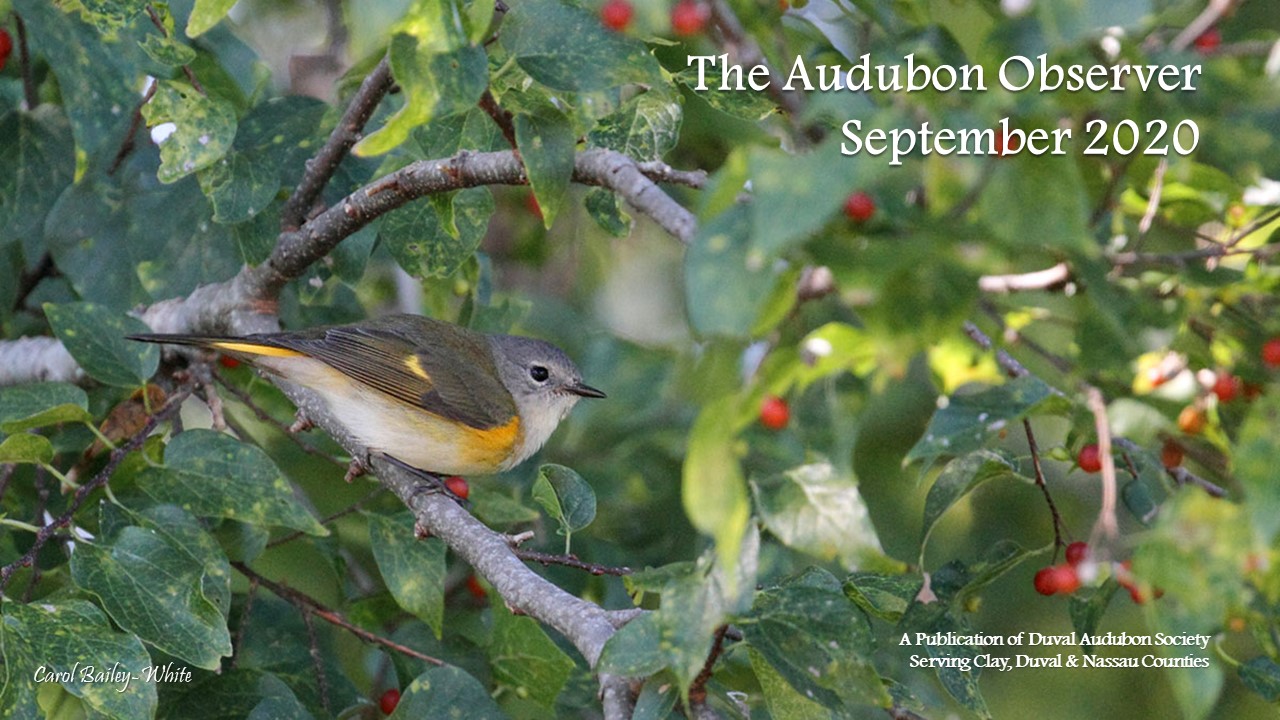
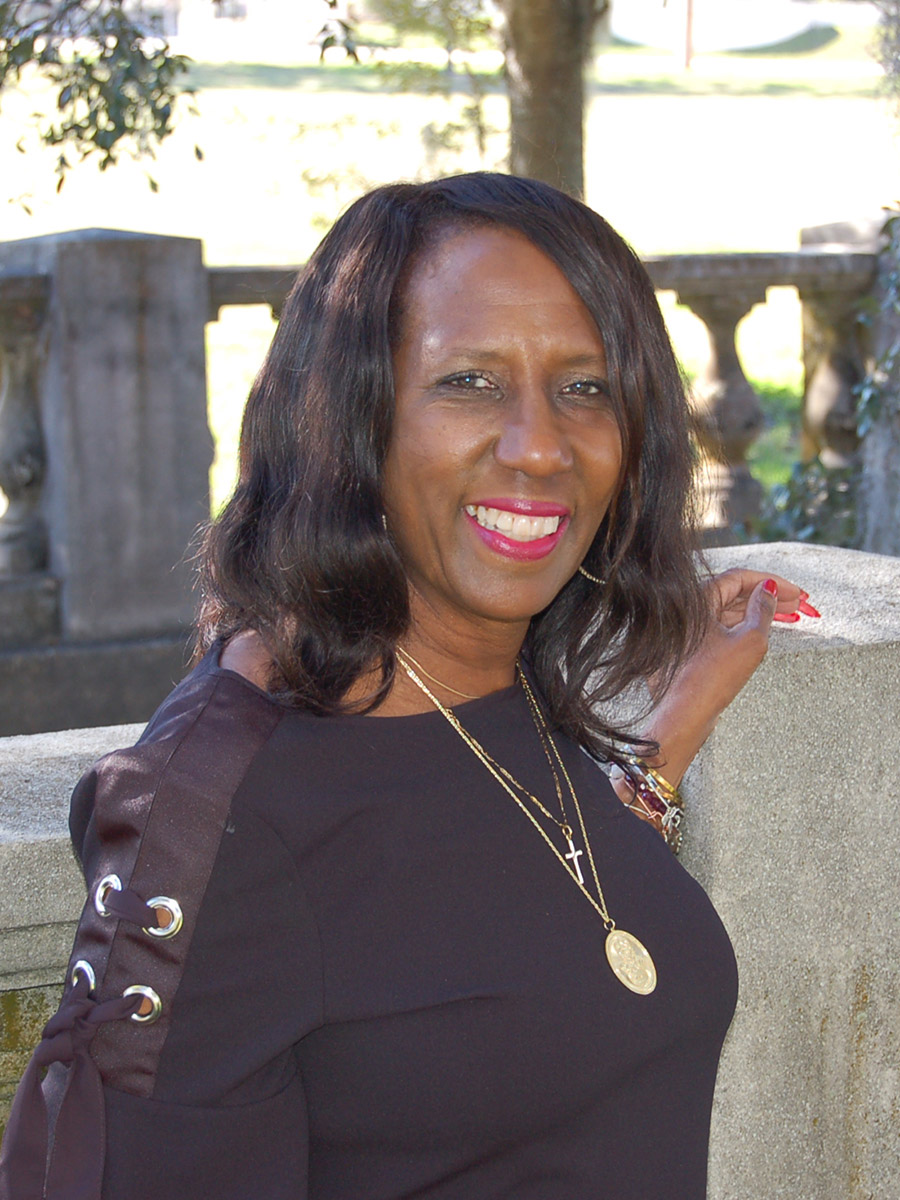 Gloria is the Community Engagement Coordinator for
Gloria is the Community Engagement Coordinator for 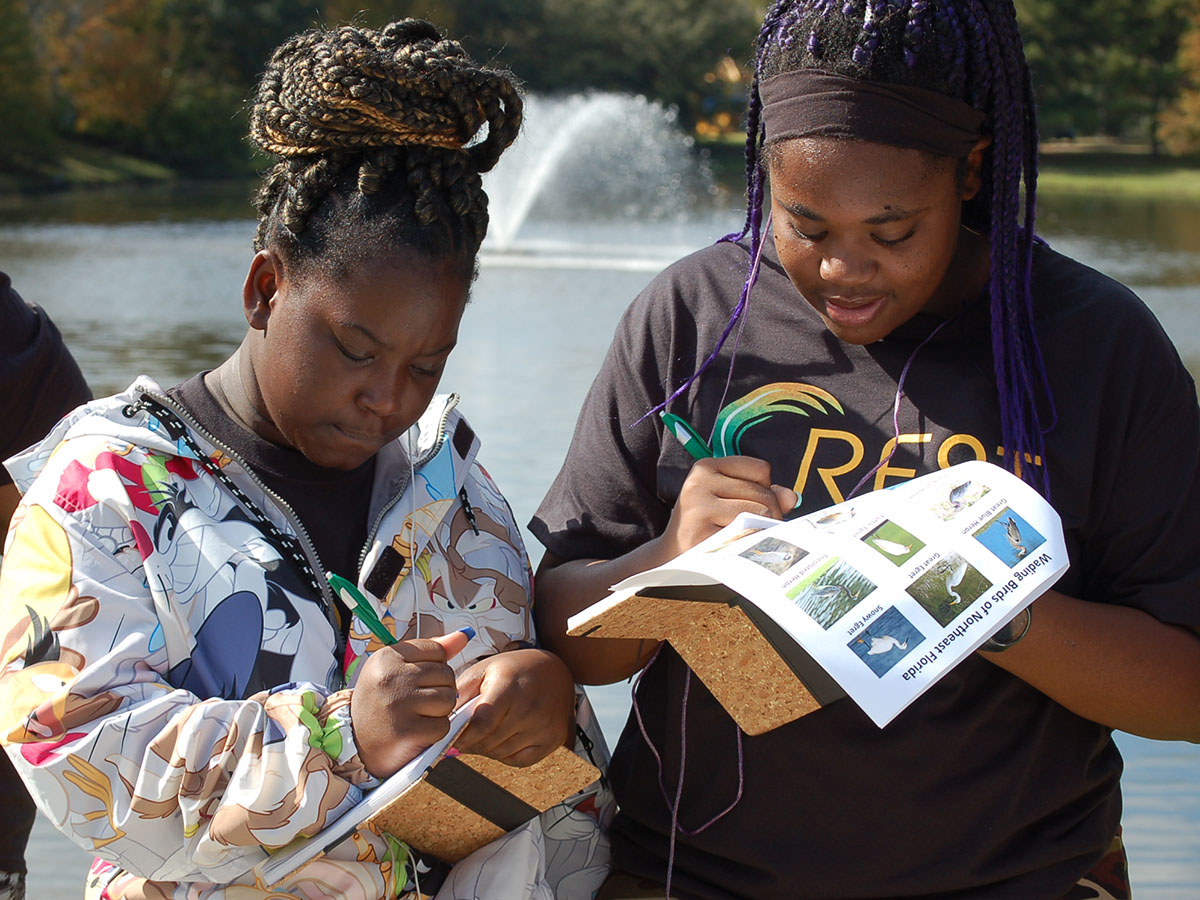 Duval Audubon had the pleasure of working with Gloria and the CREST participants last year. We presented a "Birdwatching for Beginners" program for the group and hosted a bird walk around McCoy’s Creek. We plan to continue to provide educational programs and bird walks to the CREST volunteers when our outdoor activities resume.
Duval Audubon had the pleasure of working with Gloria and the CREST participants last year. We presented a "Birdwatching for Beginners" program for the group and hosted a bird walk around McCoy’s Creek. We plan to continue to provide educational programs and bird walks to the CREST volunteers when our outdoor activities resume. Also called Spotted Horsemint or simply Horsemint, this plant is a member of the mint family and is an herbaceous perennial native to North America. It is one of my personal favorites for the native garden as it is so easy to grow, looks beautiful in a mass planting, and once it blooms, it is covered with pollinators including a number of bee species, wasps, and butterflies. It tolerates full sun and part-shade; it is drought tolerant, and will be happy in dry, sandy soil.
Also called Spotted Horsemint or simply Horsemint, this plant is a member of the mint family and is an herbaceous perennial native to North America. It is one of my personal favorites for the native garden as it is so easy to grow, looks beautiful in a mass planting, and once it blooms, it is covered with pollinators including a number of bee species, wasps, and butterflies. It tolerates full sun and part-shade; it is drought tolerant, and will be happy in dry, sandy soil.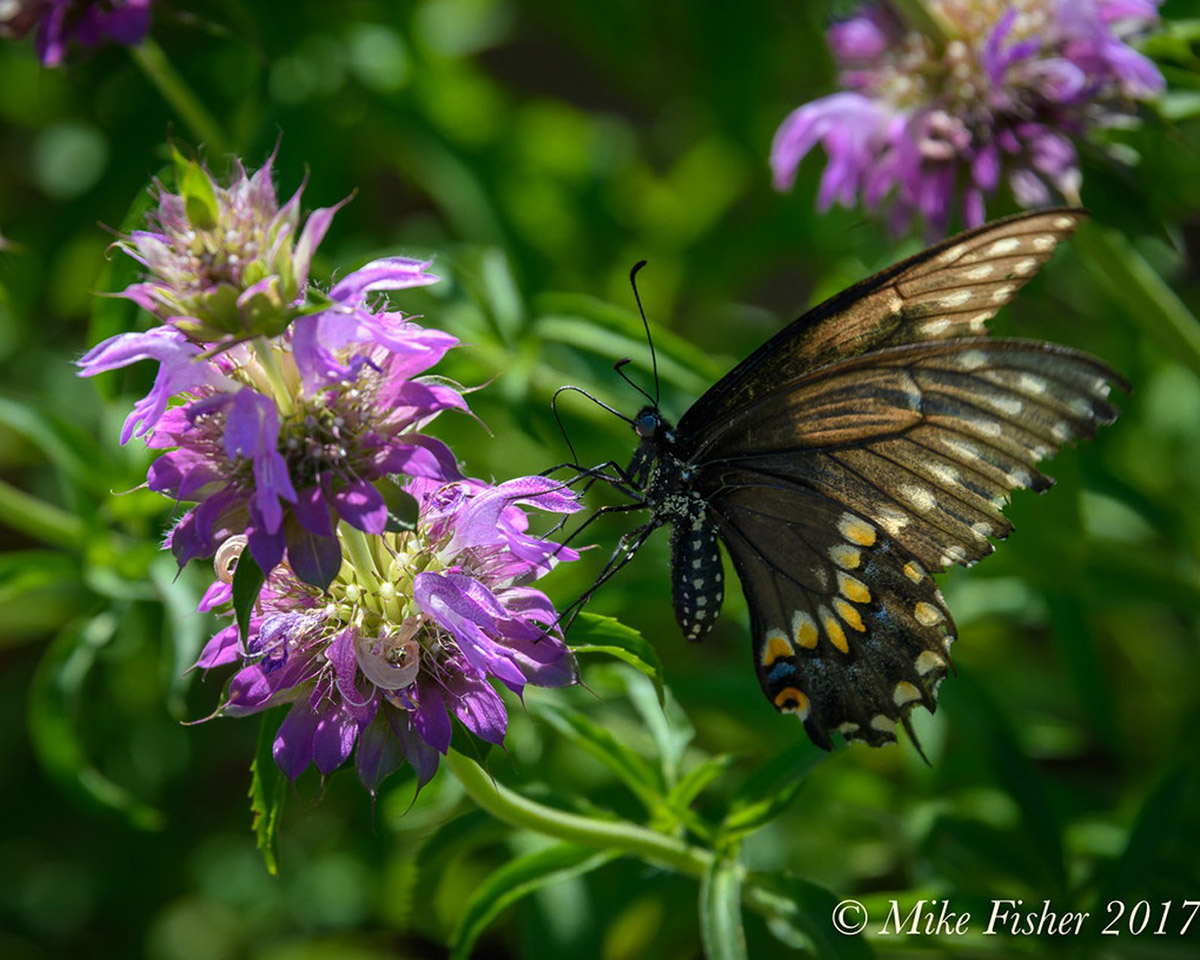 It grows in clumps and can rapidly expand from a seedling to a 2’ diameter mass of plants 3 to 4 feet in height. It will tend to crowd out other plant species over time and fill in any empty spots in your garden. However, it can be easily controlled by cutting it back after it is finished blooming or pulling it from areas where you don’t want it to grow. It is deciduous in North Florida and will die back to the ground in the winter. It easily comes back in the spring and grows quickly. It is extremely easy to propagate – just shake the dried flowerheads to release the seeds or it will easily reseed on its own.
It grows in clumps and can rapidly expand from a seedling to a 2’ diameter mass of plants 3 to 4 feet in height. It will tend to crowd out other plant species over time and fill in any empty spots in your garden. However, it can be easily controlled by cutting it back after it is finished blooming or pulling it from areas where you don’t want it to grow. It is deciduous in North Florida and will die back to the ground in the winter. It easily comes back in the spring and grows quickly. It is extremely easy to propagate – just shake the dried flowerheads to release the seeds or it will easily reseed on its own.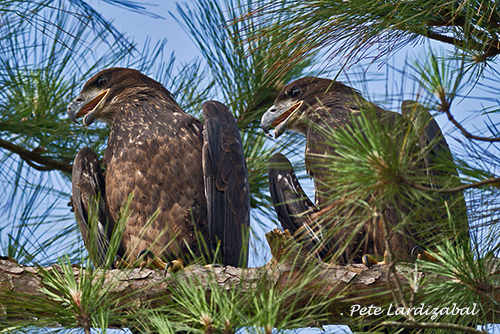 Audubon Florida’s EagleWatch Program
Audubon Florida’s EagleWatch Program September is the month when fall migration in northeast Florida really intensifies, with some species leaving our area after spending their summer breeding season here (
September is the month when fall migration in northeast Florida really intensifies, with some species leaving our area after spending their summer breeding season here (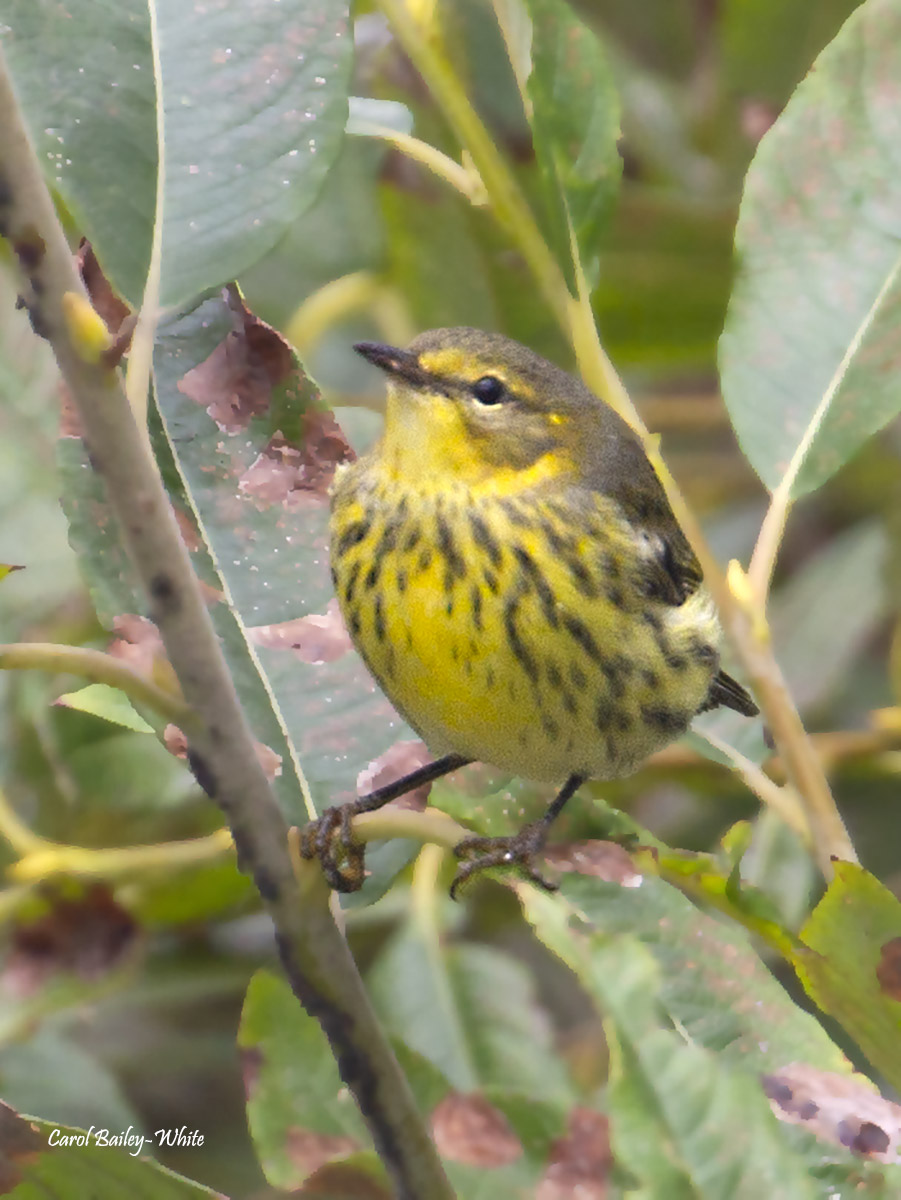 Keep in mind, some warbler species look quite a bit different during their fall migration compared to how they look in the springtime. Male
Keep in mind, some warbler species look quite a bit different during their fall migration compared to how they look in the springtime. Male